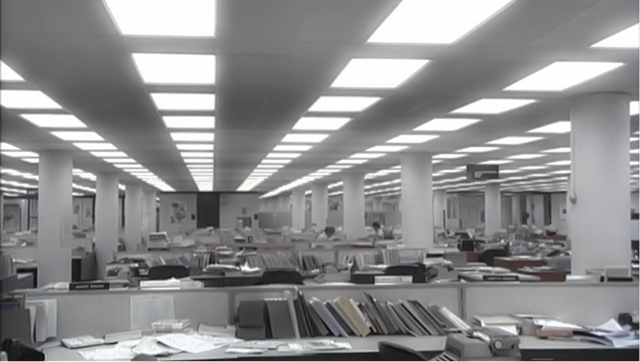“An Escape Into Reality”: Computers, Special Effects, and the Haunting Optics of Westworld (1973)
DOI:
https://doi.org/10.17742/IMAGE.p70s.9.1.3Keywords:
Westworld, film, televisionAbstract
As one of the earliest experiments with integrating computer-generated special effects into celluloid filmmaking, Michael Crichton’s science fiction film Westworld (1973) imagined the transition into a digital future with a familiar apocalyptic narrative about disobedient machines and virtual realities. In this essay I move away from “escapist” and “futurist” readings of the sci-fi genre and explore how Westworld was “an escape into reality,” to borrow Isaac Asimov’s phrase, that immersed audiences in the computerization of life, visuality, and the cinema in 1970s America. My focus will be on mapping the film’s use of computer simulation as part of a constellation that includes everything from modernity in fin-de-siècle amusement parks and early cinema to discourses on postmodernism (Baudrillard) and dehumanization (Sontag). I will also consider how the recent HBO series Westworld (2016) reimagined Crichton’s film as a way of visualizing and historicizing questions about the virtual in our digital moment.
Downloads
Published
2018-11-10
How to Cite
Williamson, C. (2018). “An Escape Into Reality”: Computers, Special Effects, and the Haunting Optics of Westworld (1973). Imaginations: Journal of Cross-Cultural Image Studies, 9(1), 19–39. https://doi.org/10.17742/IMAGE.p70s.9.1.3
Issue
Section
Articles
License

This work by https://journals.library.ualberta.ca/imaginations is licensed under a Creative Commons 4.0 International License although certain works referenced herein may be separately licensed, or the author has exercised their right to fair dealing under the Canadian Copyright Act.




